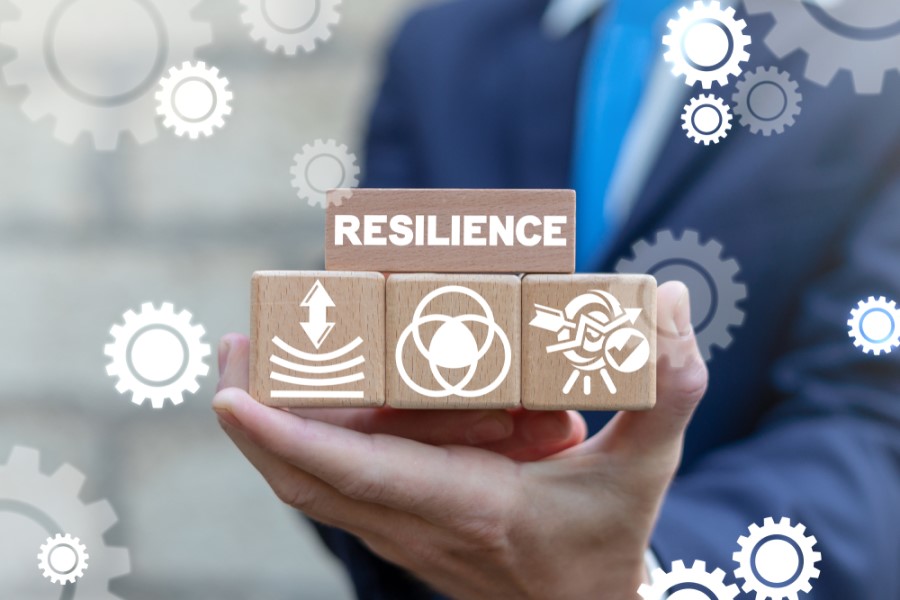Where do you start in building a resilient workforce?

Aon’s The Rising Resilient (2020) research shows that whilst many companies have implemented health and wellbeing programmes, some employers are struggling to ensure that their programmes are effective at building resilience in their workforce.
We have identified 10 factors of wellbeing that affect and influence workforce resilience:
- Encouraging health-positive behaviours.
- Protecting physical health.
- Delivering clarity and purpose.
- Operating with compassion and engaging the community.
- Supporting mental health in the modern day.
- Fostering adaptable skills.
- Sharing responsibility and control.
- Developing financial security.
- Embracing inclusivity.
- Understanding and managing employee expectations.
It’s clear that companies need to adopt a multi-faceted approach, with a strong culture of health and wellbeing that runs through the veins of the business. But where – and how – do you start?
1. Understand the resilience of your workforce
The first step to building a resilient workforce is to get an understanding of where you are now. What are your current areas of strength, and where are the areas of opportunity? Where is your strategy strong, and where is it lacking? How does this compare when you scale regionally or globally?
We have developed a workplace resilience self-assessment tool to provide companies with an immediate indication as to whether your workforce is likely to be resilient. It’s a quick and easy way to gain insight into the status quo of your business, understand key areas for improvement, and use as a benchmark for future improvement and growth.
2. Listen to employee needs
Adopting a one-size-fits-all approach isn’t always appropriate when it comes to employee wellbeing and resilience. By nature, people are different. We have different experiences, life journeys and interests and, therefore, we have different needs than our colleagues and peers.
An integral part of developing an effective wellbeing strategy is understanding differing employee needs; companies need to ask the right questions and utilise the answers when developing the corresponding wellbeing strategies. There are a range of options that companies can use to listen to their employees – from traditional survey tools to more innovative solutions such a neuroscience-based technology (such as Aon’s new Reflections tool).
This employee-led data is invaluable in informing and shaping the strategy you implement, to help best serve individual employee needs.
3. Set clear goals
Once you’ve gathered information on areas of opportunities and around employee needs, you can shape these into strategic goals specific to your organisation. When these are in place, you can work backwards to identify how you can align existing initiatives, where there are opportunities to invest, and also how to implement a communications programme which can wrap this all together.
However, once your strategy is up-and-running, it’s important not to overlook continuous improvement. Circling back to check-in with employees to understand whether your strategy is having an impact and delivering on your goals is key to long-term success. Employee resilience might feel difficult to achieve if you haven’t yet started, but a strong foundation will help build future growth.
This is a sponsored article provided by Aon.







